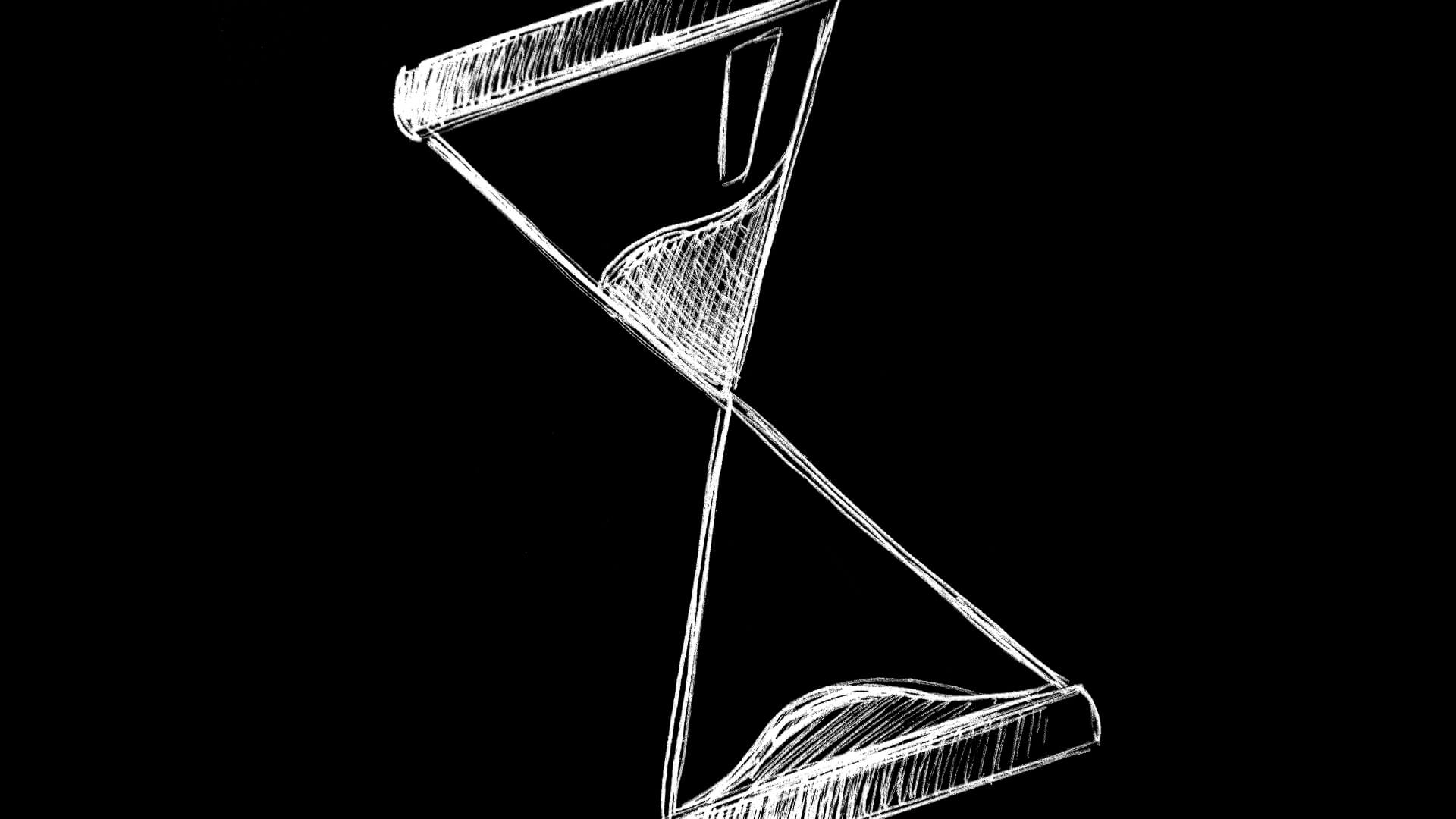Time, this unmovable force that everything controls, everything changes.
We can’t control time, we easily let it slide through our fingers, like sand, and too often we fall into that feeling of regret saying “if I had enough time”…
Before diving into the reasons why I picked this symbol, I want to translate the name first.
Clessidra is the Italian name for hourglass or sandglass, an antique device used to measure the passage of time, as we all know.
Long time ago, the name used was clepsydra or, in Italian, “orologio a sabbia” (“sand clock” in English), and its shape of two glass bulbs connected vertically by a narrow neck that allows the passage of a substance, historically sand, from one to another when flipped didn’t change too much…
If you want, you can skip this and go straight to the video, but more about this beautiful symbol is coming.
When was it created or invented?
Answering this question is quite hard because the Clessidra (yes, I am going to use the Italian name not because it’s my language, but for the sound of the word, mellow and magical) has uncertain origins.
The closest predecessor is the ‘Clepsydra’ or “water clock” that existed in Babylon and Egypt as early as the 16th century BCE.
What is its meaning?
Unlike the previous question, the answer for this one is pretty obvious: depictions of a Clessidra mean the passage of time: the symbol stands for this. We can find tons of this symbol in art, especially on tombstones and monuments until the present day. It has been often used with the Latin epitaph Tempus Fugit (“time flies”).
What are its symbolic uses?
The Clessidra is mystical by nature, and more than only being used as a tool for measuring time, it concretely represents the present as between the past and the future, that’s why the Clessidra became the symbol of time.
If you see this symbol with wings, it is often depicted as a symbol that human existence is fleeting, and that the “sands of time” will run out for every human life.
In alchemy, it is the symbol for the hours, and it has been even used on pirate flags.
Historical fact: the former Metropolitan Borough of Greenwich in London used an hourglass on its coat of arms, symbolising Greenwich’s role as the origin of GMT. The district’s successor, the Royal Borough of Greenwich, uses two hourglasses on its coat of arms.
The motif
The Clessidra is unquestionably a symmetric symbol and, because of that, it earned some mythical meanings in art, too. The vertical triangles can be seen in the Native American art, both North and South, where it represents the body of the Thunderbird or an enemy scalp.
In Zulu, it represents a married man where at his opposite there’s his wife, so the other triangle is a married woman. This symbol has been seen in Spanish Neolitic cave paintings too along with more complex hourglass motifs.
Clessidra, my personal meaning
As I said before, the Clessidra is something mythical to me: the undeniable symbol of time, the time that flies, the time of which we can’t have any control… The only time WE have.
Time is the most valuable thing we have: the amount of time that has been given to us is too short, TOO SHORT to spend it on hating somebody, being sad, doing things we don’t like, being stuck somewhere when we want to be free.
Yes, we can’t control time, but time is OURS and it is our duty to make the most of it, create, follow our dreams, our heart.
Time is YOURS: go, take it and just make every single speck of it become one of the best memories of your life.
Here’s the song I dedicated to this personal concept, and of course I called it “Sands Of Time”.
